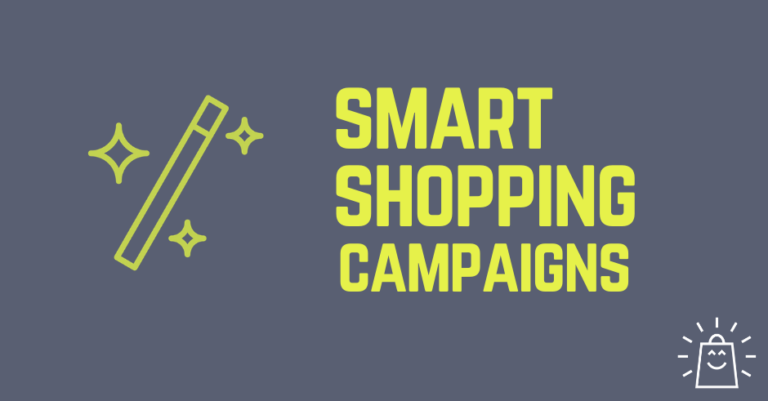That partnership continued to blossom last year, with Target offering 100 exclusive Levi’s brand products you can’t get anywhere else, including pajamas, dog beds, and even ottomans.
Their goal was to have 500 Levi’s “store-in-store” locations at Targets across the United States by the fall of 2021.
For Target, working with an established brand gave their customers another reason to visit their stores during a difficult year for retail sales.
Levi’s was able to tap into Target’s massive customer reach and connect with more shoppers than they would have alone.
Amazon and Best Buy
Amazon and Best Buy have long been retail “frenemies” — direct competitors who are still willing to play ball when it makes sense, e.g. when Best Buy began selling Amazon products like the Kindle and Echo.
That relationship strengthened in 2018, when Best Buy became the first retailer to offer Amazon’s Fire TVs in a brick-and-mortar setting.
In 2021, the deal expanded to allow Best Buy to include Fire TV’s operating system on a number of models produced by Best Buy’s in-house brand, according to The Verge.
It was a smart move: Most shoppers are reluctant to drop hundreds of dollars buying a television online without first checking it out in person, and Best Buy devotes a great deal of their sales floor to showcasing high-end sets.
For Best Buy’s part, they were allowed to sell their TVs on Amazon for the first time in the company’s history.
The example is particularly interesting when you consider more than a few analysts predicted Amazon might outright purchase Best Buy a la Whole Foods — however, Amazon was able to leverage the benefits of Best Buy’s retail footprint via creative brand partnership, not acquisition, says Inc.
Home Depot and Pinterest
Have you ever gotten excited to find the perfect design, aesthetic, or product on Pinterest, only to sink with disappointment when you realize that you have no idea where to find something like that?
Thanks to some innovative collaboration, pinners can now quickly “Shop the Look” of their favorite pins, using a visual search engine that connects their favorite designs with products available at Home Depot.
Shoppers can search an impressive array of over 100,000 home decor products, from vanities to faucets, based on “look” alone.
The move harnesses the “do-it-yourself” interests of both brand’s customers, increasing traffic to Pinterest while increasing sales for Home Depot. Notably, a number of other brands are also getting into the act, according to Pinterest.
As shoppers increasingly consult social channels for advice before making a big purchase, consider how your brand can leverage those spaces while removing unnecessary barriers to purchase.
Target and LEGO
Target makes another appearance in our round-up for their impressive partnership with LEGO late last year, offering much more than building blocks for the holiday season.
The Target exclusive line included over 300 LEGO-designed products, including stylish clothes, home decor, and other must-haves for any LEGO fan from ages 4 to 99.
“Target is one of the leading destinations for families when shopping for the [LEGO] brand,” Target Chief Merchandising Officer Jill Sando said at the time. “We saw an opportunity to come together with one of our long-standing partners to create something truly special for our guests during a time of year when differentiation and value are paramount.”
It’s a great example of a brand not only thinking out-of-the-box with inventive product branding, but finding the right partner to maximize the impact of your campaign.
Generate Killer Results With the Right Partnerships
These four brand and retail partnership examples are proof that brand collaborations done right can make a huge impact.
By joining forces, these powerhouses were able to enhance the shopping experience in captivating, creative ways that generated results.
Shoppers love innovative brand partnerships, but can’t stand bad product pages. Make sure you aren’t inadvertently showing customers the digital door with Salsify’s complete product page toolkit.







